- Pine Cliff Resort
- Campgrounds & RV Parks
- North Carolina
- Macon County
- Hayesville
- Campgrounds & RV Parks in Appalachian National Scenic Trail
- Carter Gap Shelter
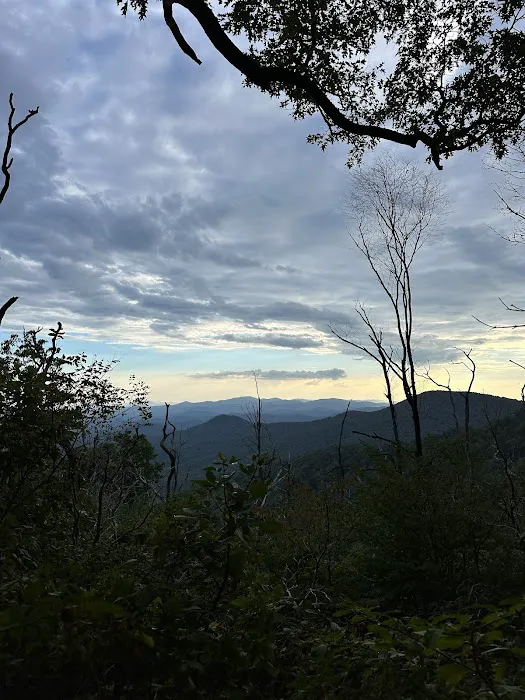
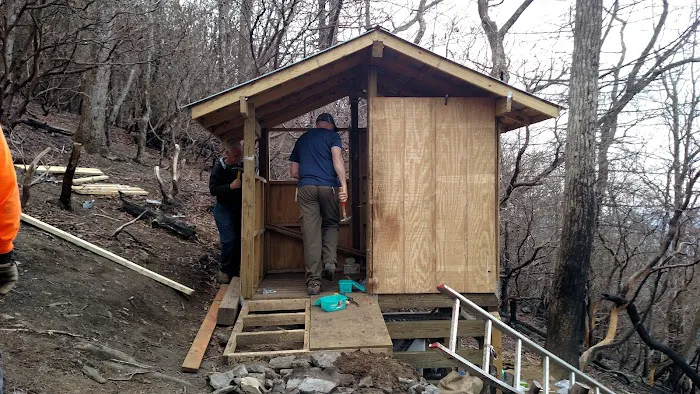
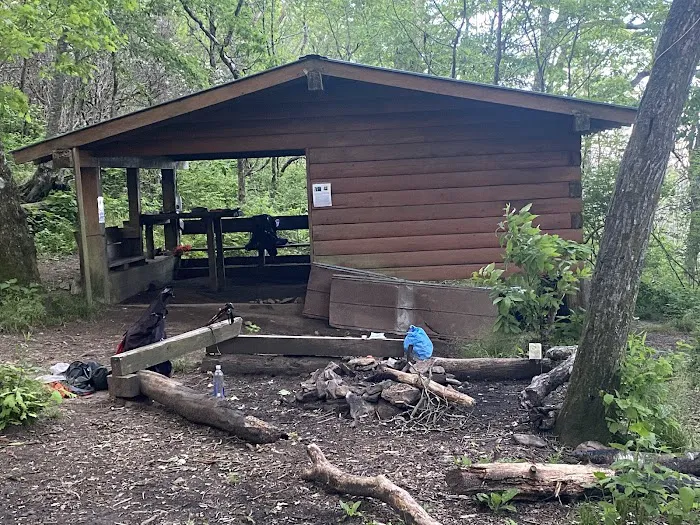
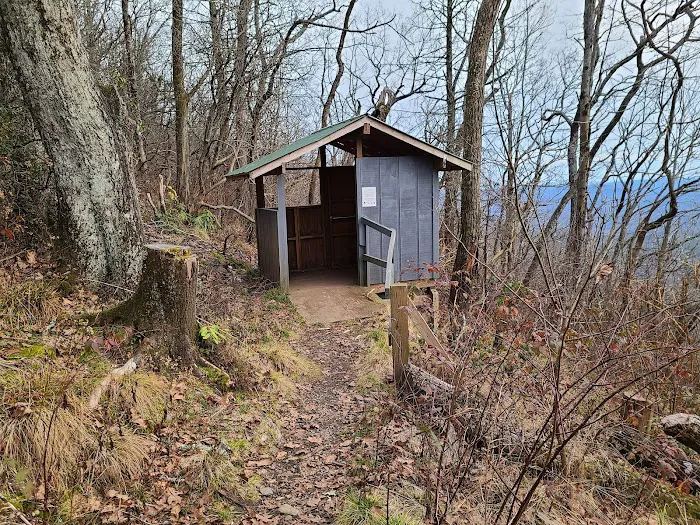
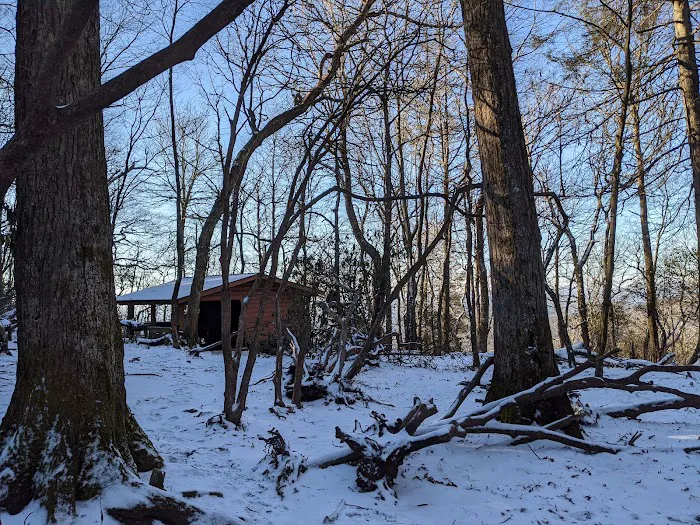
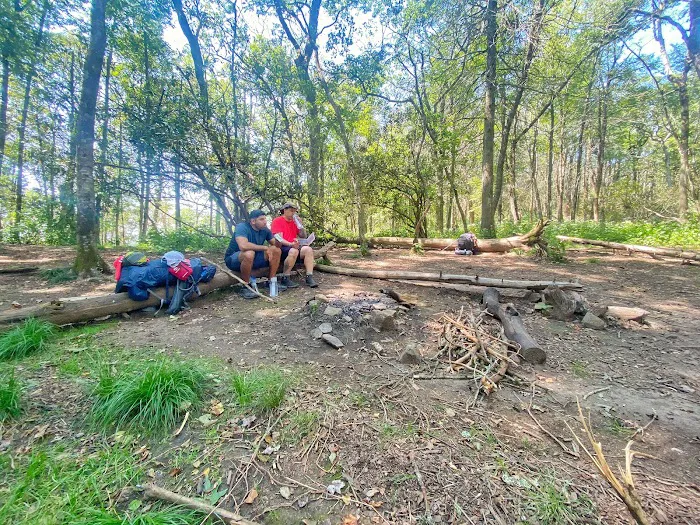

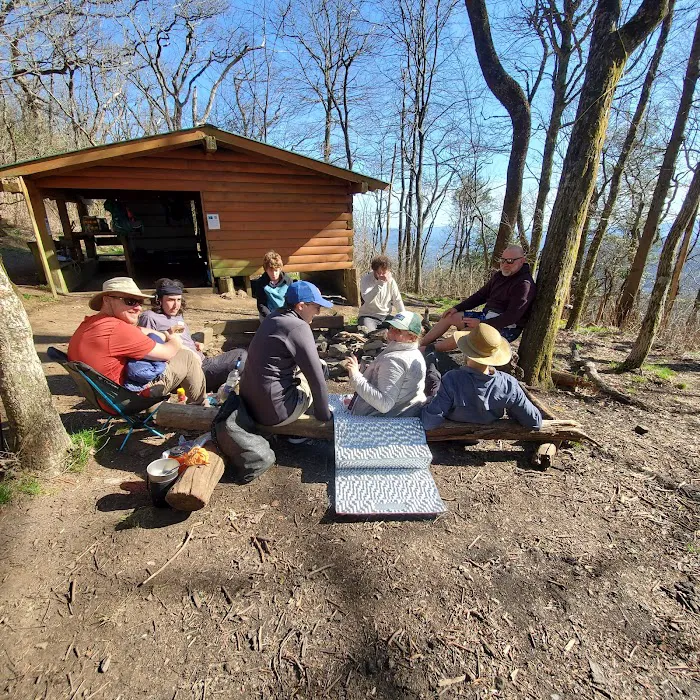

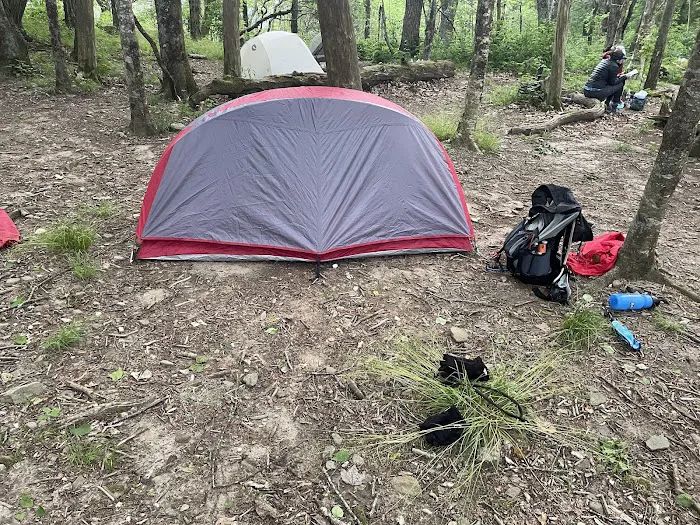
Carter Gap Shelter Introduce
For North Carolina locals with a passion for true wilderness adventure and the iconic Appalachian Trail, Carter Gap Shelter offers an authentic and rugged backcountry experience. This primitive shelter, nestled within the picturesque landscape near Hayesville, is not your typical drive-up campground with extensive amenities. Instead, it provides a crucial stopping point for thru-hikers and a destination for local backpackers seeking solitude, stunning views, and a deep immersion in the natural beauty of the Appalachian Mountains. If you're an experienced outdoor enthusiast ready to embrace self-sufficiency and the raw charm of backcountry camping, Carter Gap Shelter is a quintessential piece of North Carolina's legendary trail system.
Carter Gap Shelter embodies the spirit of the Appalachian Trail: simple, functional, and deeply connected to the natural environment. It serves as a testament to the dedication of trail maintainers and offers a rustic haven for those traversing this famous footpath. While it provides basic shelter and access to essential resources, it demands a strong commitment to Leave No Trace principles and personal preparedness. This article will provide a detailed overview of Carter Gap Shelter, outlining its precise location and accessibility along the Appalachian Trail, the fundamental services it offers, its unique features and highlights, and essential considerations for your visit. Ultimately, we’ll explain why this authentic shelter is perfectly suited for North Carolina residents who crave a genuine and challenging wilderness experience.
Carter Gap Shelter is located directly on the Appalachian National Scenic Trail, near Hayesville, NC 28904, USA. It sits at an elevation of approximately 4,540 feet (USGS elevation). As a backcountry shelter, it is not accessible by vehicle directly. Instead, access is exclusively on foot via the Appalachian Trail (AT) or connecting side trails.
For northbound thru-hikers, Carter Gap Shelter is approximately 93.7 miles from Springer Mountain, Georgia, making it one of the early shelters encountered in North Carolina. For section hikers or locals looking for a challenging overnight trip, the shelter can be accessed from various trailheads within the Nantahala National Forest, which surrounds this section of the AT. Common access points could be from areas like Standing Indian Campground or other forest service roads that intersect the AT, requiring a significant hike in.
The "Address: Appalachian National Scenic Trail, Hayesville, NC 28904, USA" serves more as a geographical identifier for the general area rather than a point for navigation by car. Prospective visitors must rely on detailed hiking maps (such as those from the Appalachian Trail Conservancy or local hiking clubs) and GPS devices to pinpoint its exact location along the trail and plan their hike accordingly. Given its remote nature, cell phone service in this area of the Appalachian Trail is likely to be unreliable or nonexistent, emphasizing the need for thorough preparation and offline navigation tools.
- Shelter Structure: Carter Gap Shelter is a small shelter (originally built in 1959, with a new shelter added in 1998) designed to provide basic overhead cover from the elements. The old shelter sleeps 6, and the new shelter sleeps 8. These are typically three-sided, lean-to style structures with a roof and a raised platform for sleeping.
- Covered Table and Fire Pit: Reviews mention a "covered table" and a "fire pit." The covered table provides a convenient area for meal preparation or relaxation, protected from rain. The fire pit allows for campfires, provided local regulations and fire bans are observed.
- Water Source: A reliable water source is available, located about "200 paces downhill from the campsite" or "100 yards away from the shelter." This is typically a spring or a small stream. It is crucial to always filter or chemically treat all water collected from natural sources before consumption.
- Compost Privy: One review explicitly states, "Privy was compost type." This is a designated, basic outdoor toilet facility designed to manage human waste more effectively and hygienically than simply digging a cathole, reflecting Leave No Trace principles. A review also notes a "Great view to East from the privy."
- Campsites: In addition to the shelter itself, there are "Decent campsites" available for tents nearby. This is important, as shelters can often become crowded, and tenting nearby offers an alternative.
- Authentic Appalachian Trail Experience: As a shelter directly on the AT, Carter Gap offers a quintessential thru-hiker experience. Staying here provides a taste of the challenges and rewards of long-distance backpacking.
- Peaceful Wilderness Immersion: Despite potentially being crowded, the overall setting is one of deep wilderness, allowing for immersion in nature, far from urban noise and light pollution.
- Scenic Views (especially from the privy!): The mention of a "Great view to East from the privy" suggests that the shelter area itself offers scenic vistas, particularly at sunrise.
- Good Water Source: The availability of a nearby water source is a critical highlight for backcountry camping, reducing the need to carry excessive amounts of water.
- Designated Waste Management: The presence of a compost privy is a significant feature for environmental stewardship, helping to concentrate human impact and maintain the cleanliness of the surrounding wilderness.
- Community Interaction: Shelters on the AT are natural gathering points, offering opportunities to meet and share stories with other hikers from diverse backgrounds. While "crowded" at times, this can also be a positive for social interaction.
- Bear Activity Considerations: While "no bear cables or boxes" were noted in one review, some sources suggest bear cables may have been installed in 2003. Regardless, the mention of the need for "bear resistant canisters" highlights the presence of bears and the importance of proper food storage, a key aspect of backcountry camping in this region. This is a crucial feature for safety and responsible wildlife interaction.
- Natural Sounds and Environment: Campers can expect to enjoy the natural sounds of the forest, the wind through the trees, and the local wildlife.
Carter Gap Shelter, being a backcountry structure on the Appalachian Trail, does not have a direct phone number or dedicated staff. It is maintained by volunteer hiking clubs in coordination with the U.S. Forest Service.
For comprehensive information, including trail conditions, regulations, bear safety guidelines, and maps related to this section of the Appalachian Trail, locals should refer to the following:
Appalachian Trail Conservancy (ATC): The primary authority for the AT. Their website is an invaluable resource.
Website: appalachiantrail.org (Look for sections on "Explore the A.T." and "Plan and Prepare" for detailed information on shelters, camping regulations, and bear safety.)
Nantahala National Forest - Cheoah/Nantahala Ranger District (closest managing agency for this section of the AT):
Address: 900 Georgia Rd, Franklin, NC 28734 (This is a general office address for the district, not the shelter itself.)
Phone: (828) 524-6441 (It is highly recommended to call the relevant Ranger District for the most current information on local conditions, such as fire bans or trail closures, before heading out.)
Given the lack of cell service in remote areas of the AT, all planning and information gathering should be done well in advance of your trip. Always carry physical maps and a compass, and know how to use them.
For North Carolina locals, Carter Gap Shelter represents an unparalleled opportunity to engage with the Appalachian Trail in its purest form, offering a profound and genuinely primitive backcountry experience. This is not a campground for car campers or those seeking extensive amenities; rather, it’s tailor-made for experienced hikers, backpackers, and outdoor enthusiasts who thrive on self-reliance and deep immersion in nature.
The immediate suitability for North Carolinians lies in its prime location within the western part of the state, allowing relatively accessible (though still challenging) entry to this iconic trail. For those who enjoy multi-day treks or demanding day hikes, Carter Gap provides a strategic and authentic overnight stop. The presence of a basic shelter, a reliable water source (though requiring treatment), and a compost privy simplifies essential needs while maintaining the rugged feel of the wilderness. This setup encourages the practice of Leave No Trace principles, fostering responsible outdoor ethics that are crucial for preserving North Carolina's stunning natural heritage.
Furthermore, the opportunity to connect with the Appalachian Trail community, whether sharing stories with thru-hikers or experiencing the camaraderie unique to trail shelters, adds another layer of richness to the experience. The challenging terrain, the need for bear-resistant food storage, and the absence of modern conveniences all contribute to a sense of accomplishment and a deeper appreciation for the wild beauty of North Carolina's mountains. For locals who are ready to step beyond traditional camping and embrace the true spirit of the Appalachian backcountry, Carter Gap Shelter offers an unforgettable and enriching adventure that epitomizes the raw, unadulterated charm of their home state's legendary trail.
Details
Accessibility
- Wheelchair accessible entrance
Activities
- Hiking
Amenities
- Running water
- Tent sites
Location
North CarolinaMacon CountyHayesvilleAppalachian National Scenic Trail
Customer Reviews
Good water source 200 paces downhill from the campsite. Privy was compost type. Great view to East from the privy. Decent campsites. It was crowded though.
Carter Gap is a small shelter on the Appalachian Trail with a covered table, fire pit, and a water source about 100 yards away from the shelter. We didn’t see a privy but the guidebook mentions one. There are definitely no bear cables or boxes so bear resistant canisters are recommended.
Great shelter! Very nice views (from the privy) 😂 lots of area to pitch tents. The shelter is nice, could probably sleep 10 easy.
Very grateful for this shelter on our 3 day hike on the Standing Indian Loop!
6 people max can sleep in the shelter, make sure you have a tent. The lower shelf is basically just a patch of dirt and scrap metal. Otherwise this shelter is quite nice.
More Places to Explore Nearby

Hurricane Creek Primitive Campground
Otto, NC 28763, USA
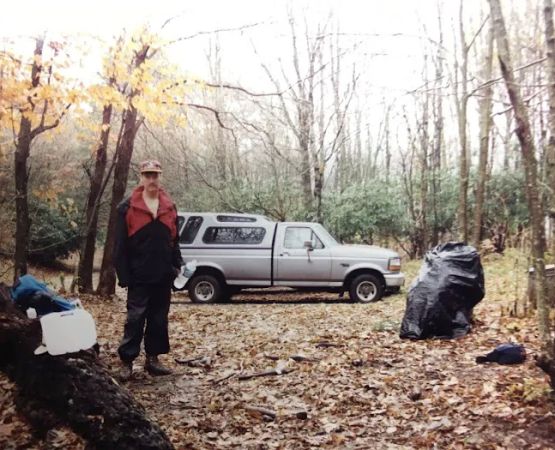
Deep Gap Campground
Hayesville, NC 28904, USA

Standing Indian Shelter
Franklin, NC 28734, USA
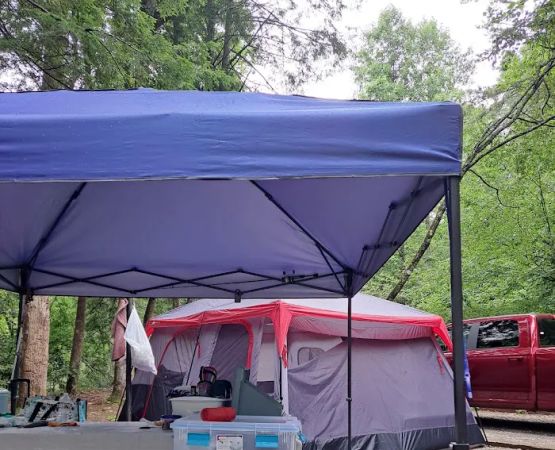
Sandy Bottoms Campground
Tallulah River Rd, Clayton, GA 30525, USA

Tate Branch Campground
Tallulah River Rd, Clayton, GA 30525, USA

Standing Indian Campground
Off Forest Development Rd 67, Franklin, NC 28734, USA

Tallulah River Campground
800 Tallulah River Rd, Clayton, GA 30525, USA
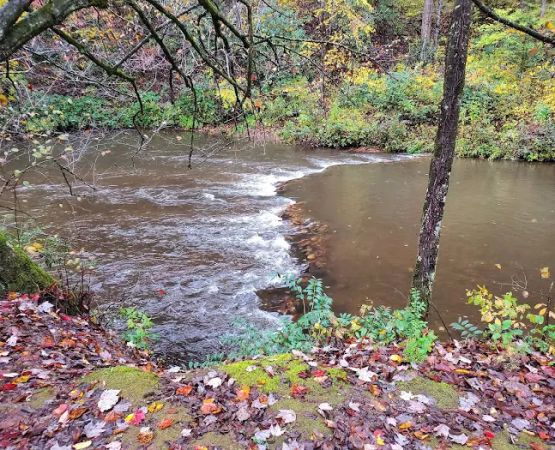
Nichols Campground
685 Tallulah River Rd, Clayton, GA 30525, USA
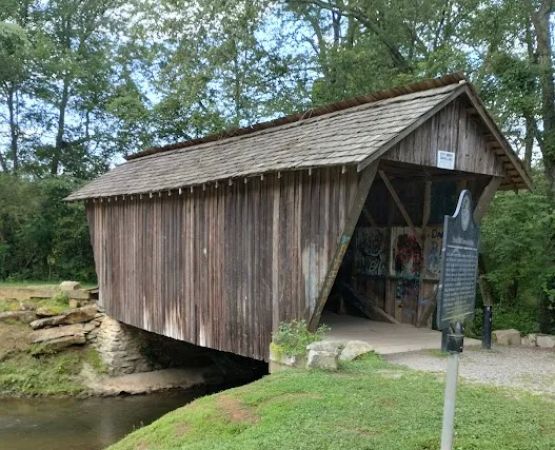
Standing Indian Campground
5921 W Old Murphy Rd, Franklin, NC 28734, USA
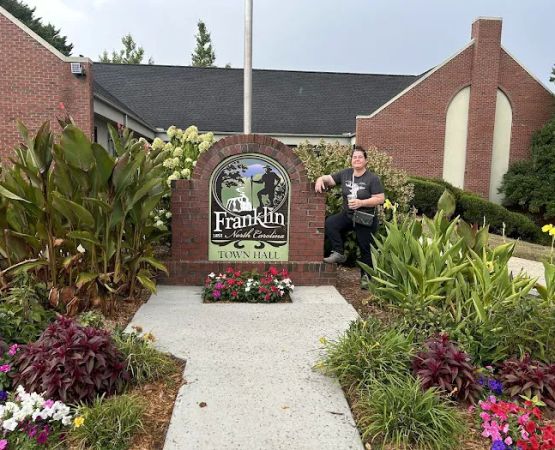
Coweeta Creek Private Campground
1218 Shope Rd, Otto, NC 28763, USA

River Vista
20 River Vista Dr, Dillard, GA 30537, USA
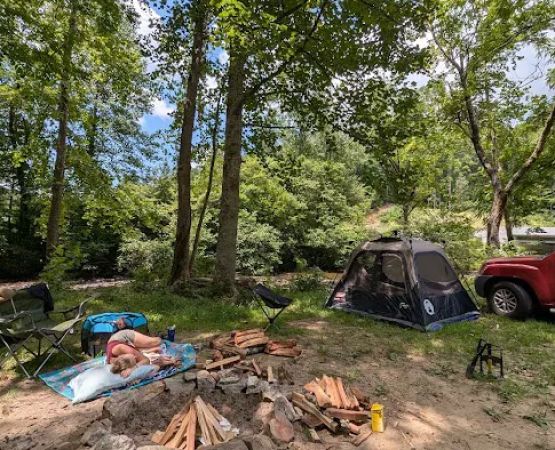
Primitive River Experimental Farm/Recreation/Events Venue
1332 Cat Gap Rd, Clayton, GA 30525, USA
Categories
Popular Campgrounds & RV Parks
 Bonito Campground4.0 (159 reviews)
Bonito Campground4.0 (159 reviews)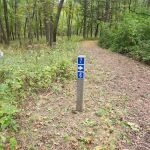 Camping Site 70.0 (0 reviews)
Camping Site 70.0 (0 reviews) Baldwin Beach4.0 (1 reviews)
Baldwin Beach4.0 (1 reviews) Camp Gorton4.0 (92 reviews)
Camp Gorton4.0 (92 reviews) Tall Chief Cove Campground4.0 (165 reviews)
Tall Chief Cove Campground4.0 (165 reviews)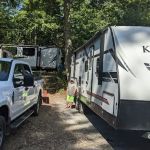 York Beach Camper Park4.0 (151 reviews)
York Beach Camper Park4.0 (151 reviews)Must-Read Camping & Outdoor Blog Posts
Most Searched Japanese Restaurant Sites
Trending Camping & Outdoor Blog Posts
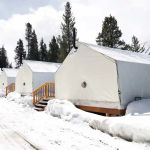 Winter Glamping Retreats in the U.S. You Didn’t Know About
Winter Glamping Retreats in the U.S. You Didn’t Know About Best Family-Friendly Campgrounds with Playgrounds and Kids’ Activities
Best Family-Friendly Campgrounds with Playgrounds and Kids’ Activities Top Family-Friendly Resorts Near Outdoor Adventure Destinations
Top Family-Friendly Resorts Near Outdoor Adventure Destinations Top-Rated Campgrounds for Exploring National Forests
Top-Rated Campgrounds for Exploring National Forests Top-Rated Camping Spots Near Scenic Trails: Explore the Best Outdoor Getaways
Top-Rated Camping Spots Near Scenic Trails: Explore the Best Outdoor Getaways Affordable Luxury Camping Experiences at Top Resorts
Affordable Luxury Camping Experiences at Top Resorts 